+
Solar panels are one of the best ways to reduce energy costs, save money and add equity to your house. The panels will generate electricity, allowing you to draw less and less from the grid. Once you take control of your energy costs, you can save money.
+
Yes! Flat roof solar panel systems can be more flexible in their design than sloped rooftop systems. Solar panels on flat roofs can be installed at any perfect angle to increase your electricity production.
+
The reason solar panels are installed facing south is because of direct sunlight. The south part of your roof is exposed to direct sunlight all day, giving your solar panels the best opportunity to collect and convert energy.
+
Regarding the most efficient solar panels, we recommend one brand in particular, REC. Each company offers different panel options, but we always suggest using monocrystalline solar panels. They deliver the highest efficiency and power capacity on the market. Their efficiency rate is between 17% to 22%. Monocrystalline solar panel cells are designed from a single silicon crystal, allowing electrons to flow smoothly throughout the cell.
+
Yes! The simple answer is that solar panels will always work on cloudy days. On the contrary, they will only produce about 10-25% of their power output.

.png?width=747&height=246&name=output-onlinepngtools%20(10).png)
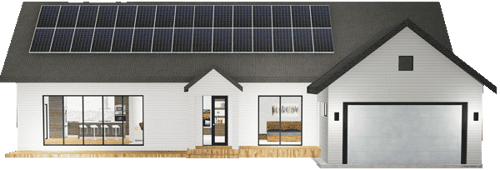
%20(1).png)

.png)
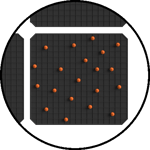
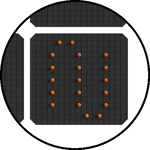
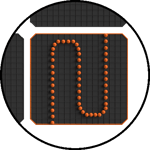
.png?height=534&name=Untitled%20design%20(18).png)
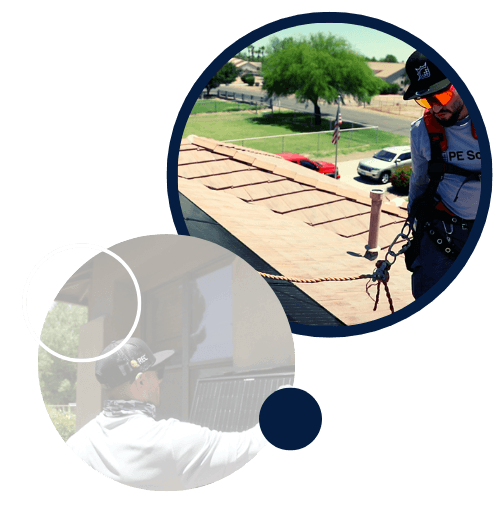
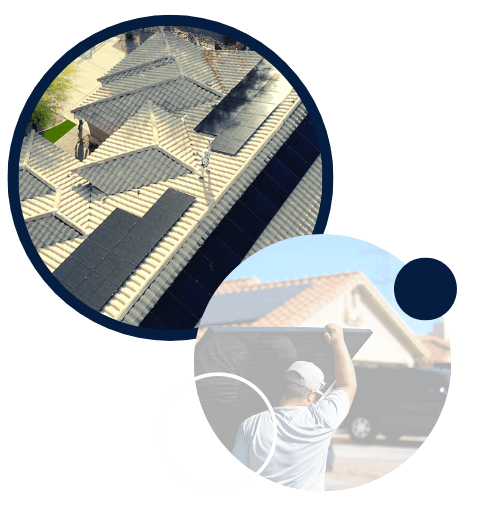
.png?height=180&name=Untitled%20design%20(21).png)
%20(1).png?width=295&height=86&name=Untitled%20(515%20%C3%97%20250%20px)%20(1).png)

.png)